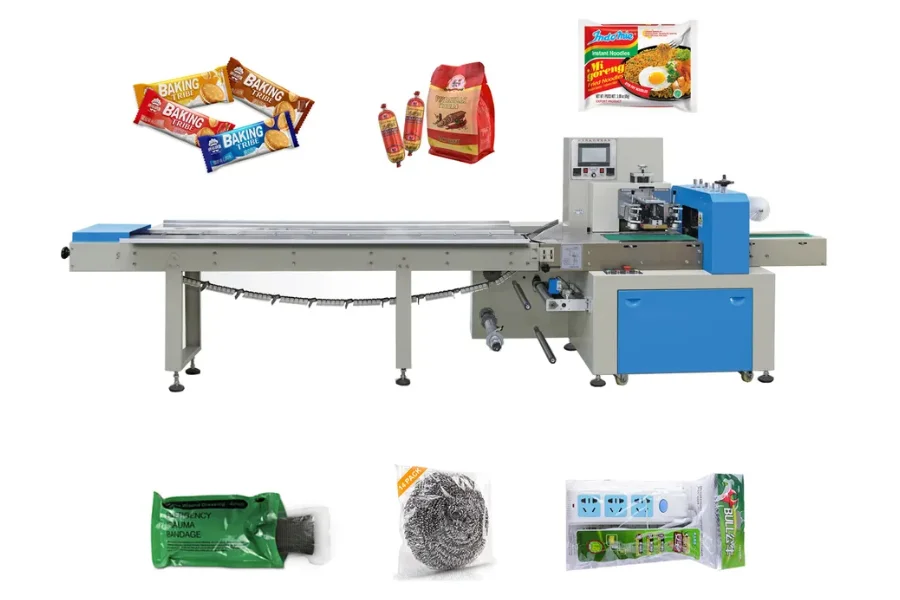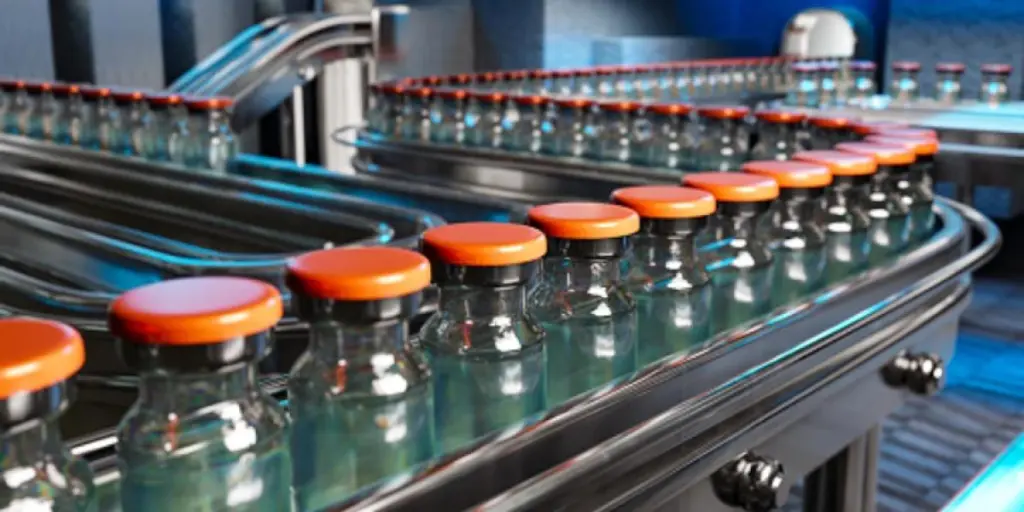Liquid filling machines are important in food and non-food industries. They easily and efficiently pack liquids that have high viscosity into containers without wastage. As such, changes in the liquid filling machinery have far-fetching impacts across multiple industries. New machines are increasingly blending in high precision and reduced changeover times.
Modern liquid filling technology is looking to minimize product waste and simplify sanitation to help production lines keep abreast of the competition. Before looking at a few of the significant changes and the various types of liquid filling machines, this article will explore the global market and the consumer demands fueling innovation in liquid filling machines.
Table of Contents
Global market for liquid filling machines
Liquid filling machine improvements you should know
Conclusion
Global market for liquid filling machines
The global filling machine market is expected to reach a value of US$ 5.6 billion by 2032, expanding at a CAGR of 5% from 2022 to 2032. The growth of the liquid filling machine market can be attributed to a number of factors, including the increasing demand for packaged products, advances in technology that have led to the development of more efficient and precise filling machines, and regulatory requirements in the pharmaceutical industry that mandate the use of sterilized filling equipment.
The Asia-Pacific region is expected to dominate the liquid filling machine market due to the increasing demand for packaged products in countries such as China, India, and Indonesia. However, the market is also expected to grow significantly in North America and Europe fueled by the presence of well-established pharmaceutical and personal care industries in these regions.
Liquid filling machine improvements you should know
Automation
Automation has enabled liquid fillers to perform tasks such as measuring and dispensing precise amounts of fluid, detecting and rejecting faulty containers, and recording and tracking production data.
An example of automation in liquid filling machines is the integration of IoT (Internet of Things). This technology allows for remote monitoring and control of filling machines, which enables real-time data collection and analysis, improves efficiency, reduces downtime, and lowers costs.
Enhanced versatility and flexibility

You probably have a stronger desire for flexibility following the recent pandemic disruptions. You’re now looking for filling machinery that can cope with different levels of production whenever there’s a shift in demand.
Similarly, due to constrained budgets, manufacturers are looking for machines that can serve multiple purposes while handling different sizes and shapes of containers, caps, and labels. Accordingly, liquid filling manufacturers are responding by producing single multi-functioning machines. Machines can now handle four operations in a single system.
Customization
With the ability to customize machine settings and parameters, manufacturers can now create more efficient and precise filling processes. This leads to improved product quality, reduced waste, and increased production speed. Examples of parameters that are customized include; control systems such as PLC or PC-based systems, nozzle configurations, filling speed, filling volume, filling accuracy, and positioning when filling.
Additionally, customization allows for the integration of new technologies, such as automation and data tracking, which can further optimize the filling process.
Increased speed and accuracy
Increased speed and accuracy in liquid filling machines are changing the industry by allowing for faster production rates and more precise measurements. This is achieved through advancements in technology such as better sensors and control systems.
For instance, a body wash filling machine can fill 40-80 bottles of 1000 ml in under one minute.
Additionally, improved design and automation features make it easier to change out different types of containers. These advancements reduce downtime, increase efficiency, and help companies meet strict regulatory requirements for product consistency.
Greater energy efficiency
Greater energy efficiency is changing liquid filling machines by incorporating more advanced technology and designs that reduce energy consumption and costs.
These use servo-driven systems instead of pneumatic or hydraulic systems, implementing variable speed drives and incorporating sensors and automation to optimize performance and reduce waste.
Additionally, many manufacturers are designing liquid filling machines to be more compact and lightweight, which also helps to lower energy consumption.
Improved safety
Liquid filling machines are incorporating new technologies and designs that make them safer to operate. These include features such as emergency stop buttons, automatic shut-off valves, and sensors that detect any potential hazards.
Additionally, many liquid-filling machines now have safety guards and covers to protect operators from coming into contact with moving parts or hazardous materials. Furthermore, some filling machines now come equipped with software that monitors and records the filling process, making it easier to identify and address any potential safety issues.
Conclusion
Liquid filling machines are constantly evolving and adopting new features to meet safety standards and changing consumer demands. Keep track of the improvements to choose machines that will boost your business and visit Alibaba.com to find quality equipment.




